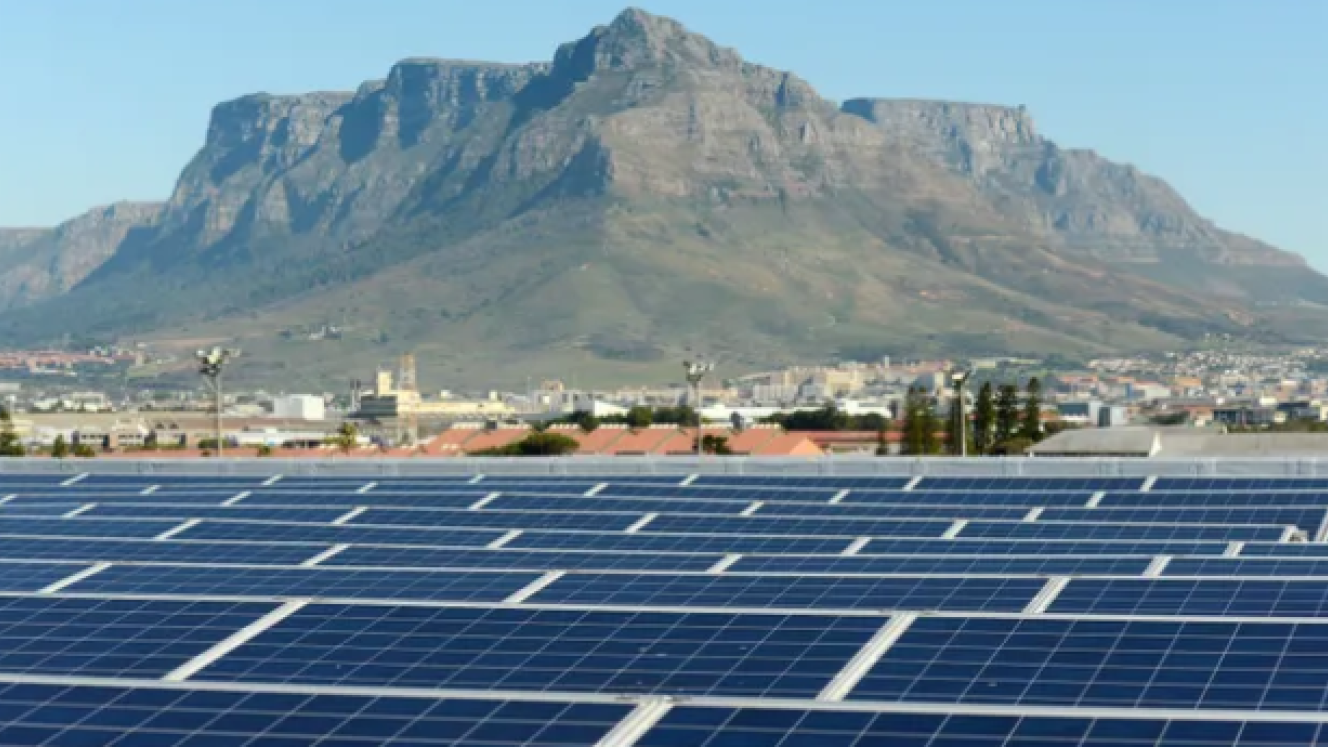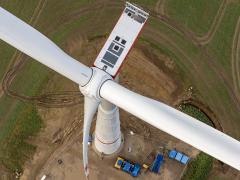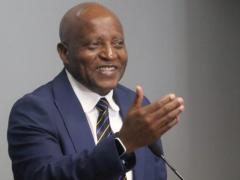China’s lead in electric vehicle (EV) innovation is no longer measured by patent volume alone. The country is now recognised for high-impact technological advances in battery chemistry and charging systems while securing upstream materials critical to its EV supply chain – notably copper from the Democratic Republic of the Congo (DRC).
Last year, China, the second-largest economy in the world after the US, imported 1,48 million metric tonnes of refined copper from the DRC – a 71% year-on-year increase.
Amid the country’s surging demand for refined copper, crucial for lithium-ion anode conductivity and component part manufacturing, the DRC supplied 36,7% of China’s total refined copper imports in 2024.
Back in 2020, the DRC supplied 10% of China’s refined copper.
Analysis shows that Chinese companies have registered over 62 000 EV charging technology patents compared with just under 6 000 from Japan and even fewer from Germany, South Korea and the US.
This increase in EV manufacturing progress is largely attributed to strong government support, early investment in manufacturing infrastructure and a national push for electrification due to environmental concerns.
However, the sheer volume of patents does not automatically equate to genuine technological progress or market leadership. Some critics, such as Boston-based strategic business analyst Bry Willis, say China’s patent quantity equates to a form of “techno bragging”.
He says patent counts do not necessarily equal real progress in EV output as companies and countries file large numbers of patents to signal innovation – even if many filings are incremental or of limited commercial value.
However, recent analyses suggest that China’s EV patents are not just numerous but increasingly high in quality and technological impact.
A Tokyo-based think tank found that Chinese firms like CATL, the world’s largest battery maker, and EV manufacturer BYD, have patents with significant technological influence backed by citation counts and patent longevity.
A non-profit industry think tank in the US, Information Technology and Innovation Foundation, has also found that Chinese companies have made notable breakthroughs in battery chemistry, fast-charging technology and business models such as battery swapping.
Companies like CATL and BYD are now seen as leaders in innovation and manufacturing capability with their technologies adopted by, or in partnership with, international firms such as Toyota.
BYD has begun constructing what is reportedly the world’s largest EV factory in Zhengzhou, China. The 129,5 km² site is planned as a self-contained industrial city integrating worker housing, healthcare, education and recreational facilities. The project is designed to produce over one million EVs annually and ensure labour stability.
For Willis, though, the EV race is about more than just research and development.
“You want to know who’s winning? Don’t ask how many patents got filed – ask who’s shipping, scaling and storing energy.”













